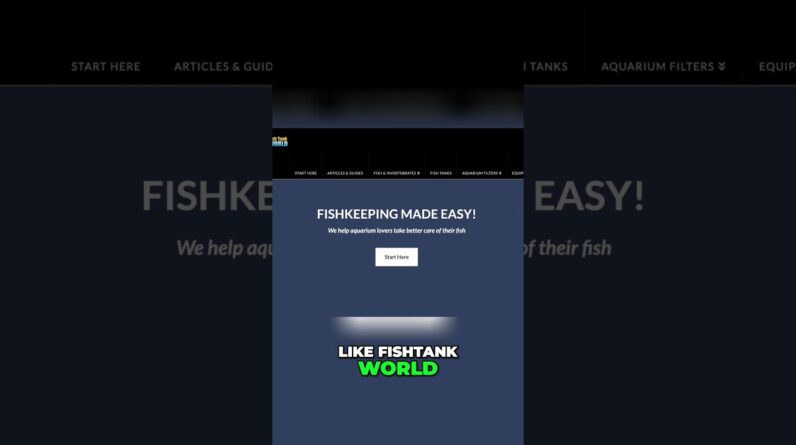
Do you want to make it easy for your website visitors to find what they are looking for quickly and efficiently? One essential element you shouldn’t overlook is structured navigation menus. In this blog post, you will discover why your website needs well-organized navigation menus and how they can significantly enhance the user experience. Let’s delve into the world of structured navigation menus and unlock the potential they hold for your website’s success.
Why Your Website Needs Structured Navigation Menus
Introduction
When you visit a website, what is the first thing you look for? The answer is simple – navigation menus. These menus act as the roadmap of a website, guiding you to different pages and sections with ease. Imagine a website without proper navigation menus – it would be like driving without a map in a new city. Confusing and frustrating, right?
The Importance of Structured Navigation Menus
Having structured navigation menus on your website is crucial for multiple reasons. Let’s delve deeper into why they are essential for the success of your online presence:
-
Enhanced User Experience: Clear and organized menus can enhance user experience and engagement. When visitors can easily find what they are looking for, they are more likely to stay on your site longer and explore further.
-
Improved Site Navigation: A well-designed navigation menu is crucial for helping visitors interact and navigate your site effectively. It prevents them from feeling lost or overwhelmed by the vast amount of information on your website.
Examples of Effective Navigation Menus
Let’s take a look at some examples of websites that utilize structured navigation menus effectively:
-
H&M: Visitors to e-commerce sites like H&M can quickly find what they are looking for through drop-down menus that categorize products based on type, size, color, and more.
-
One.com: SAS company websites like one.com allow visitors to easily navigate to the right services through well-labeled menu items that lead them to specific pages.
-
Fish Tangwell: Niche sites like Fish Tangwell enable visitors to find specific content or categories related to fishing, boating, and marine life through specialized menu options.
The Evolution of Navigation Menus
In the past, large drop-down menus were commonly used on desktop websites. However, with a significant amount of traffic coming from mobile devices, it’s essential to have hamburger navigational menus that condense options into a sleek, mobile-friendly format.
To ensure your website offers an easy and seamless navigation experience for users, it’s crucial to adapt to changing trends and technologies.
Conclusion
In conclusion, structured navigation menus are a fundamental component of any successful website. They play a significant role in enhancing user experience, improving site navigation, and ensuring that visitors can quickly find the information they need. By implementing clear and organized menus, you can create a user-friendly environment that encourages exploration and engagement.
FAQs
- Why are structured navigation menus important for websites?
- How can clear menus enhance user experience and engagement?
- What are some examples of websites with effective navigation menus?
- How do niche sites like Fish Tangwell utilize specialized menus for content categorization?
- What is the significance of adapting to mobile-friendly navigation menus in the current digital landscape?






